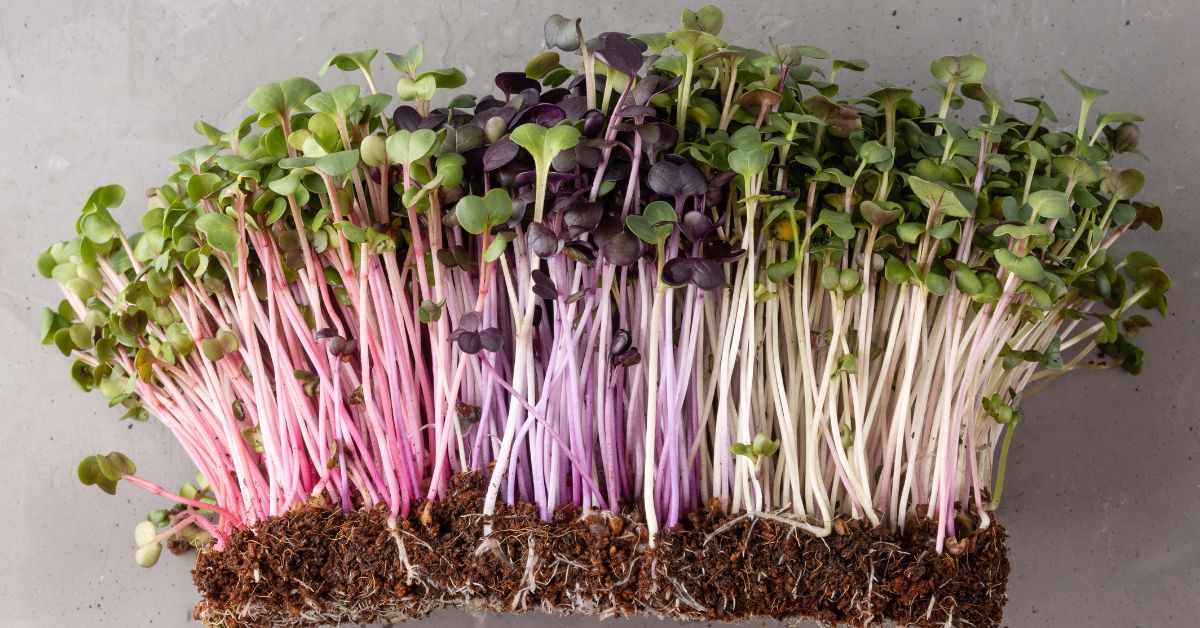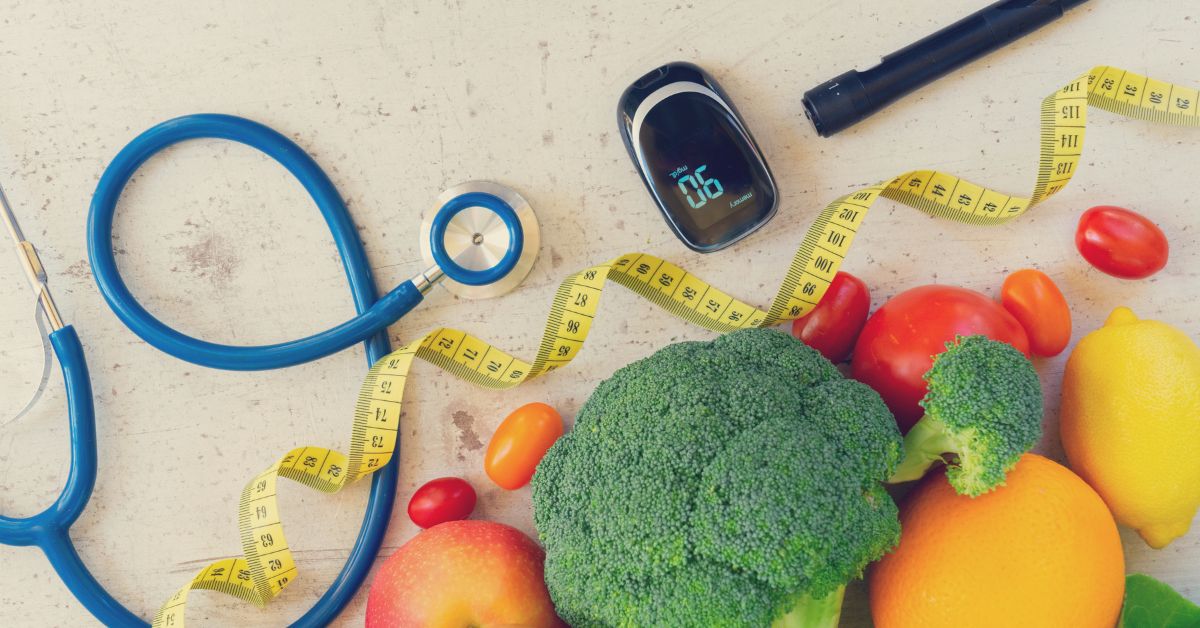Microgreens might be tiny in size, but they’re making a huge impact in the world of nutrition and wellness. These miniature greens are essentially young seedlings of edible vegetables and herbs, harvested just after the cotyledon leaves develop. When it comes to health advantages, these tiny plants are extremely potent.
Unlike sprouts, which are grown in water and consumed entirely (including the seed and root), these tiny plants are grown in soil or a growing medium and are harvested above the soil line. This makes them safer to eat raw and gives them a more robust nutrient profile than both sprouts and even their full-grown counterparts.
So why the sudden popularity of microgreens in smoothies, salads, sandwiches, and even fine dining dishes? Besides their vibrant colors and intense flavors, it’s the nutritional density and associated health perks that are turning heads. More and more health-conscious individuals, dieticians, and even doctors are recommending microgreens as a must-have in your daily diet.
Whether you’re trying to fight inflammation, manage your weight, or simply eat more whole, nutrient-rich foods, microgreens could be one of the easiest additions to your routine. And if you’re the kind of person who likes to grow your food, these little greens are incredibly easy to cultivate right on your kitchen windowsill. It’s health, flavor, and sustainability—all in one leaf.
Nutritional Powerhouse in a Tiny Package
Why Microgreens Are More Nutrient-Dense Than Mature Greens
It can contain up to 40 times more nutrients than its mature plant counterparts. Yes, forty times! According to research conducted by the USDA and the University of Maryland, microgreens such as red cabbage, cilantro, and radish were found to have significantly higher concentrations of vitamins like C, E, and K, and beta-carotene.
Why is that? Because in their early growth stage, these plants are preparing for rapid development, loading up on essential nutrients. Once they grow larger, those nutrients spread out across the plant, diluting their intensity. In short, you’re getting a super-concentrated dose of plant power in just a few bites.
Key Nutrients Found in Microgreens
- Vitamin C: Boosts immunity, improves skin health, and fights free radicals.
- Vitamin K: It is essential for blood clotting and bone health.
- Vitamin E: It acts as a powerful antioxidant, promoting skin and eye health.
- Beta-carotene: Converts to Vitamin A in the body, supporting vision and immune function.
- Lutein and Zeaxanthin: Protects against eye diseases like macular degeneration.
- Polyphenols: Reduce inflammation and oxidative stress, lowering disease risk.
Each variety of its unique nutrient makeup. For instance, sunflower microgreens are high in protein and zinc, while broccoli microgreens are rich in sulforaphane—a compound known for its cancer-fighting properties.
Best Types of Microgreens for Nutritional Value
Here are some top contenders for maximum health benefits:
- Broccoli: High in sulforaphane, supports detoxification and cancer prevention.
- Red Cabbage: Packed with Vitamin C and anthocyanins for skin and brain health.
- Radish: Sharp in flavor and loaded with antioxidants and digestive enzymes.
- Kale: A Great source of calcium and iron for bone and blood health.
- Pea Shoots: Contain high levels of Vitamin C and folate.
Each type brings something unique to the table, both in taste and nutrients. Mixing them can
Health Benefits of Microgreens
Boosts Immunity Naturally
If you’re constantly dealing with colds, fatigue, or inflammation, microgreens could be the natural immune booster you’ve been missing. Thanks to their high antioxidant content—especially Vitamin C, E, and beta-carotene—these greens help your body fight off harmful free radicals and infections.
Additionally, it supports gut health, which is closely tied to immune function. A healthy gut microbiome can mean better digestion, fewer allergies, and improved resistance to illness. For example, mustard microgreens contain inherent antibacterial qualities that aid in intestinal cleansing.
By incorporating even a small handful of microgreens into your meals each day, you’re giving your immune system the building blocks it needs to defend and repair itself.
Supports Heart Health
Cardiovascular disease is still the leading cause of death worldwide, and diet plays a massive role in heart health. Microgreens can support a healthier heart by reducing inflammation, improving cholesterol levels, and lowering blood pressure.
For instance, red cabbage microgreens have been shown to reduce LDL (bad) cholesterol and increase HDL (good) cholesterol levels in animal studies. Many microgreens also contain nitrates, which help widen blood vessels and improve circulation. Add to that the abundance of potassium, magnesium, and fiber, and you’ve got a heart-healthy food that’s as functional as it is flavorful.
Moreover, the antioxidant polyphenols found in microgreens combat oxidative stress, a major contributor to heart disease.
Aids in Weight Management
Trying to lose weight or maintain a healthy number on the scale? Microgreens are a dieter’s dream food. They’re low in calories but high in fiber and nutrients, meaning you get more health bang for your caloric buck.
Their fiber content helps regulate appetite by making you feel full faster and keeping you satisfied longer. This reduces the temptation to snack on processed foods. Additionally, fiber slows down digestion, which helps maintain steady blood sugar levels and prevents energy crashes.
Another bonus? Many microgreens contain compounds that support metabolic function, aiding in more efficient calorie burning.
Promotes Healthy Skin and Hair
When it comes to skin and hair health, that couldn’t be more accurate—and microgreens are one of the best beauty foods you can add to your plate. Their high concentrations of vitamins, antioxidants, and water content contribute directly to clearer, more radiant skin and stronger, shinier hair.
Vitamin C in microgreens like red cabbage or kale helps in the natural production of collagen, a vital protein for skin elasticity and firmness. Meanwhile, Vitamin E protects your skin cells from oxidative damage caused by UV rays and pollution, helping reduce signs of aging like wrinkles and dark spots.
Microgreens also contain beta-carotene, which converts to Vitamin A in the body—a powerhouse for cell regeneration and repair. This means faster healing of blemishes and a more even skin tone. And let’s not forget the detoxifying qualities of chlorophyll, abundant in green microgreens, which helps flush toxins out of your system for that inside-out glow.
For hair, nutrients like zinc, iron, and B vitamins in sunflower or pea microgreens contribute to improved follicle strength and growth. The result? Healthier, thicker hair over time.
Incorporating just a handful of microgreens into your daily routine can be a game-changer for your natural beauty—no need for fancy serums or expensive supplements.
- 10 Early Signs of Chronic Traumatic Encephalopathy (CTE) You Shouldn’t Ignore
- Does Matcha Have Caffeine? The Surprising Truth Explained
- Boost Your Productivity with Mindfulness: Focus Like Never Before
- Eat to Cleanse Stomach: Best Foods to Clear it Without Pills
- What Causes Dry Eyes? the Best Ways to Treat It Naturally






